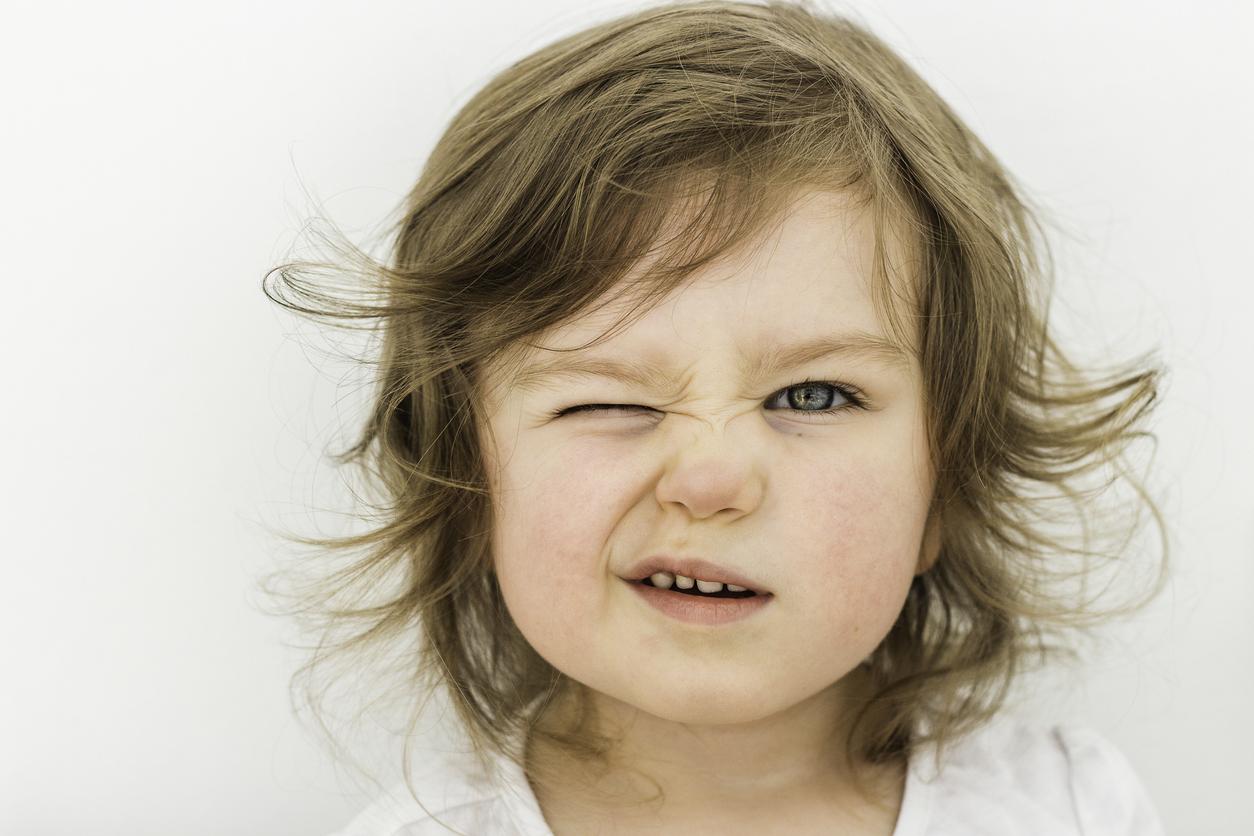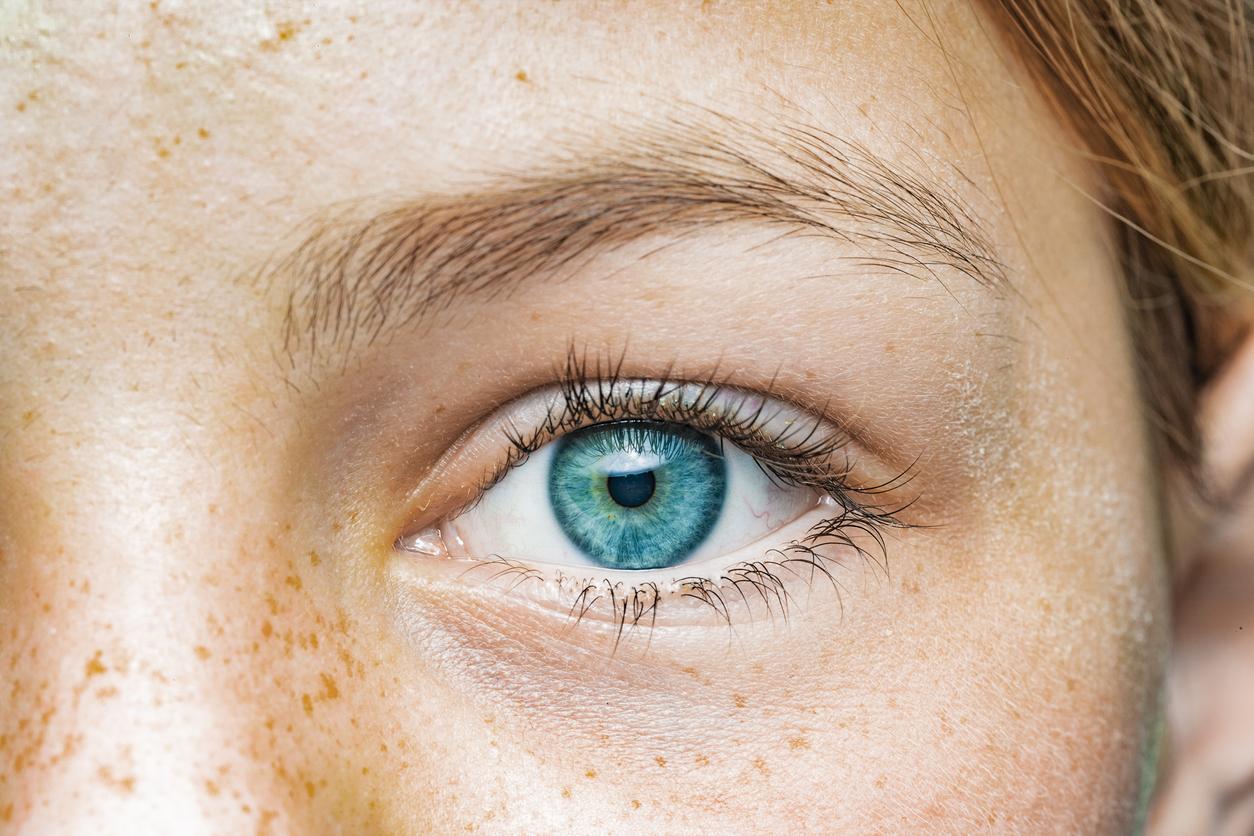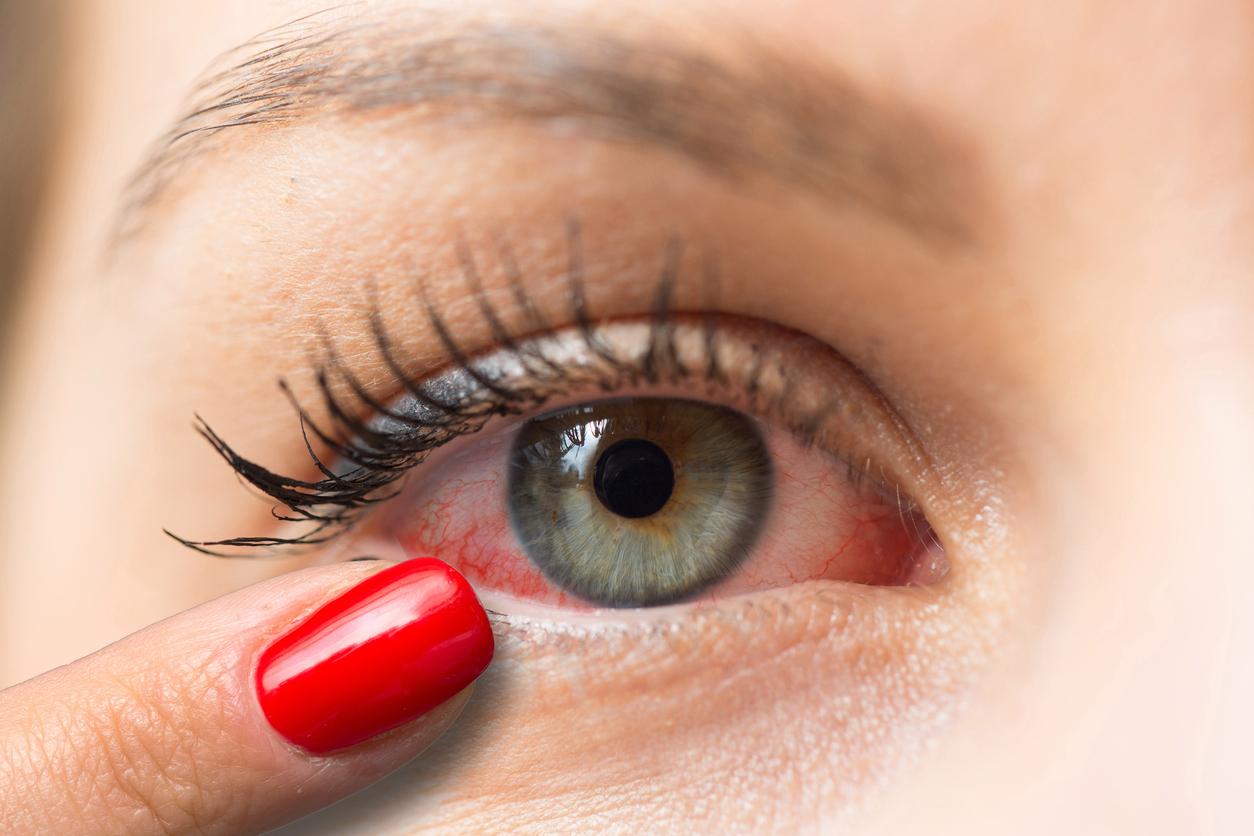
Poor vision on one side
Children with amblyopia only see with one eye. They use the other eye to a lesser extent or not at all, which is why we call it a ‘lazy’ eye. Actually, such a lazy eye is not wrong, but something goes wrong in the connection with the brain. What causes a lazy eye and how can it be treated?
To be able to see clearly, of course you need your eyes necessary, but also your brain. Light falls through the eyes onto the retina. This light-sensitive layer converts the light into signals that are sent to the brain. Your brain processes these signals, giving you an image. A baby’s eyesight develops rapidly under the influence of all the visual information he is presented with. This development continues until about the age of 10, after which vision does not improve.
In about 4 percent of children, the vision in one eye develops less well than the other. The brain pays less attention to the image that enters through that eye or switches that image off completely. There is no abnormality to be seen in the eye itself. Also, you can’t make the poorer eye see sharper with a glasses or lenses. Because the brain focuses more and more on the good eye, children see less and less with the other eye, so that it becomes ‘lazy’. After a while they only see with one eye. We call this amblyopia.
Causes
When children squint, the eyes are not focused on the same point, so they see everything twice. The brain wants to prevent this and therefore switches off the image of one eye. This eye forgets to see and becomes lazy.
Some children are born with one eye that is less sharp. They have a spectacle prescription. The brain suppresses the blurred image, so that the less good eye is no longer used. There are also eye diseases that cause a lazy eye, such as a clouding of the lens or cornea.
hereditary
Young children are usually not aware that they see less well in one eye. Sometimes it is noticeable that the eyes do not look exactly in the same direction. In addition, children with a lazy eye see less depth, which makes it easier for them to trip and grab something.
Hereditary factors play a role in the development of a lazy eye. Are there many glasses wearers in the family or people who suffer from strabismus or a lazy eye? Then the risk of a child developing a lazy eye is greater.
It is wise to have the eyes checked at least once before the 3rd year. This is done at the consultation office. Report it there if many people in the family have something wrong with their eyes. If you suspect that your (grand)child has a lazy eye, your GP can refer you to an orthoptist or ophthalmologist.
masking
With amblyopia, it is important to intervene as soon as possible. The younger the child is, the more likely it is that the lazy eye will start working normally again. The simplest solution is to tape the good eye. This is how you force the brain to make good use of the lazy eye.
Another option is pupil-dilating eye drops that make the good eye look more blurry. Even then the child learns to use the lazy eye. How often and for how long the eye needs to be taped depends on age and visual acuity.
If the lazy eye is the result of an eye condition, this eye condition will also need to be treated. Children who have a spectacle prescription have a pair of spectacles or one or two lenses required. By the way, masking or dripping does not solve any strabismus, which requires surgery.
Treat quickly
Depending on the cause of the lazy eye, amblyopia treatment has no effect after 8 to 12 years. The vision can then no longer be improved. So it’s important to catch a lazy eye early and follow the prescribed treatment faithfully.
















